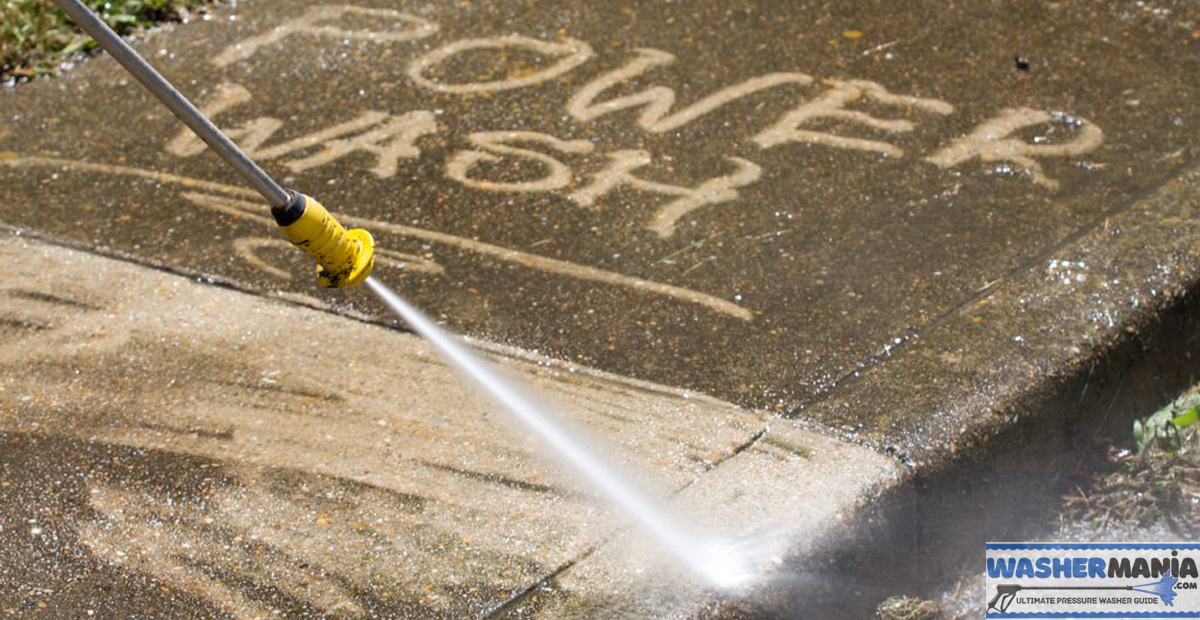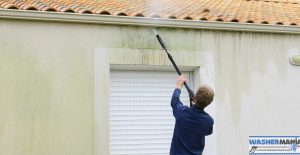Pressure washers are a great tool for sidewalk cleaning and are especially useful when the area to be cleaned is too large for a broom. The best pressure washers will have an adjustable spray nozzle, which will provide the necessary pressure and water volume to clean different types of surfaces. The important thing to remember is to control the surface temperature of the concrete surface before proceeding with any cleaning process.
Pressure washer can be used to clean sidewalks and other surfaces that may be in need of a good shine. The machine can be used to remove dirt, dust, and other debris.

This video will show how to pressure wash your sidewalks
In this video, we’ll show you how to pressure wash your sidewalks to get that perfect shine. With a pressure washer, you can remove dirt, dust, and other debris without having to resort to harsh chemicals. This is a great way to keep your sidewalks looking their best without any extra work!
Pressure washing is a great way to clean sidewalks and patios and to remove stains from concrete. Be sure to read the manufacturer\’s instructions carefully before using the pressure washer. You will also need to purchase or rent a pressure washing attachment for your hose.
5 steps to Pressure Wash Your Sidewalks
Step 1: Choose your surface.
Sidewalks made of concrete, brick or other hard surfaces are great candidates for pressure washing.
Step 2: Measure the area you want to clean.
You’ll need enough water pressure to get the job done, so make sure you have an idea of how much water flow you’ll need based on the size of your sidewalk area before you start the process.
Step 3: Prepare your equipment and supplies ahead of time.
Make sure you have everything you need to get the job done right—from brushes and nozzles to safety gear like eye protection and don’t forget about protecting nearby plants and landscaping while you’re at it!
Step 4: Start cleaning! And don’t forget to document your progress along the way.
Whether it’s a before-and-after picture or a simple note about how easy it was to clean your sidewalks with this method compared to other methods (like hiring someone else), sharing your results will help encourage others who are having trouble deciding which path is best for them too!
Step 5: make sure you have enough water coming through.
Hook up the other end of the hose to your pressure washer and get to work! The key is making sure you have enough water coming through so that it doesn’t clog up inside the hose or at the connection points where they meet up with your pressure washer. If you do this correctly, then you’ll be able to clean those sidewalks in no time at all!
Best 5 Pressure washers to clean your Sidewalks
5 Tips for Pressure washing your Sidewalks
Your sidewalk is one of the first things people see when they come to your house. Make sure it looks its best by pressure washing it regularly. When it comes to keeping your property looking great, nothing beats a good pressure wash. Here are five tips for getting the most out of your next sidewalk cleaning:
1. Use hot water and a strong solution of soap and chemicals to get rid of all the dirt and grime on your sidewalk. Don’t use too much water or else you’ll end up with spots; just enough so that it will spread easily across the surface.

2. Start at one end of the sidewalk and work your way toward the other end so that you don’t miss any spots along the way. This will ensure even coverage across the entire surface area.
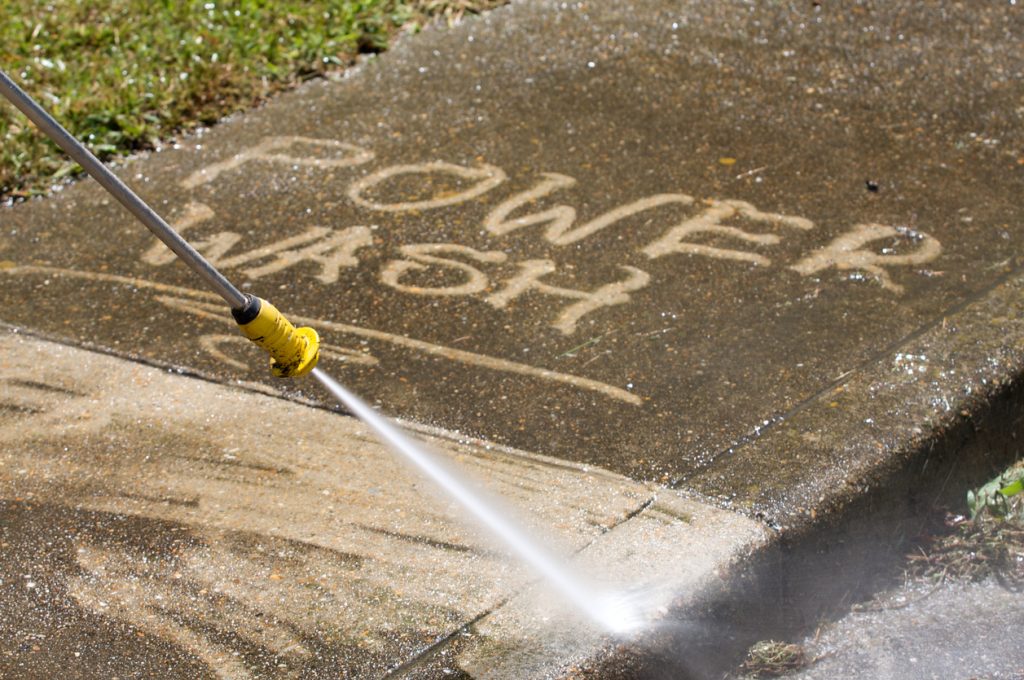
3. Make sure that all loose debris has been removed from the area before starting; this will keep it from being pushed around by the pressure washer’s stream of water and making a mess everywhere!
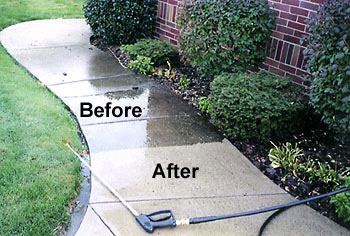
4. Be careful not to get too close to surfaces like concrete or brick. The high pressure stream can cause damage if used improperly! Stick to softer materials like gravel or grass instead for best results.
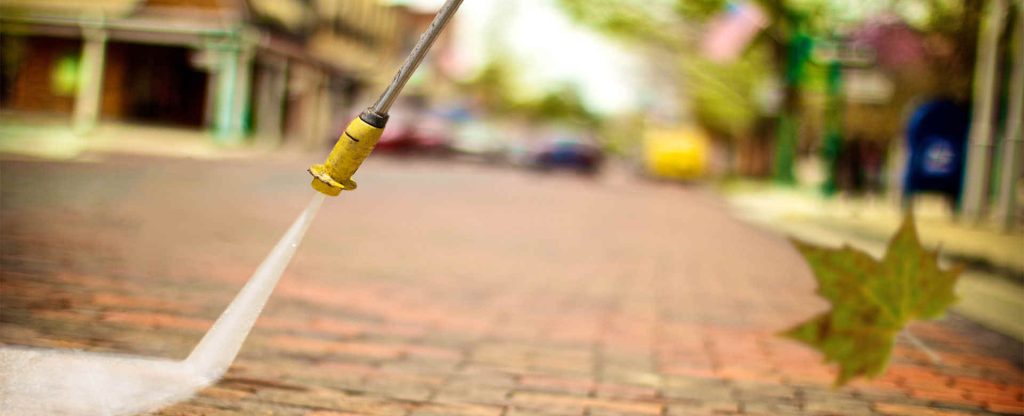
5. Remember to always wear protective gear when working with pressurized water; it can cause serious injury if it hits you in the wrong place! Make sure you have gloves on to protect your hands from cuts and scrapes as well as ear protection so you don’t lose any hearing from all the noise coming from your machine while it’s running
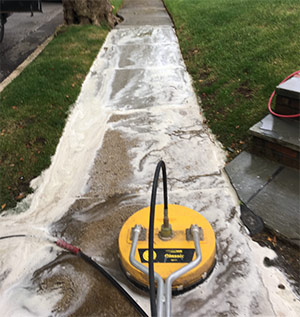
FAQ’s
How many psi Do I need to clean sidewalk?
To properly clean your sidewalk, your pressure washer needs to have a minimum pressure rating of 3000 psi.
Can you damage concrete by power washing?
The quickest answer is that a concrete surface can be damaged by power cleaning. Even light-duty power washers can run with water pressure high enough to cause apparent damage. Therefore, if you don’t take care, you could harm your patio or driveway permanently.
What do you spray on concrete after pressure washing?
However, after pressure washing your pavement, employing a driveway sealer can help stop these stains from becoming indelible features of your driveway. Between porous materials and the outdoors, sealants act as a barrier. They also make future driveway cleaning much simpler.
How long does it take concrete to dry after Powerwashing?
After pressure washing, allow the concrete wall to thoroughly dry. This is crucial because, if any moisture is left in the wall when it is being sealed, it will be trapped and eventually cause the concrete to deteriorate and split. The concrete may need up to 24 hours to completely dry.
Will a pressure washer remove rust from concrete?
Pressure washing a rust stain off of concrete is insufficient. The porous surface of the concrete is deeply penetrated by rust stains. For the greatest results, you must first apply a concrete stain remover and then pressure wash the area.
Conclusion
Pressure washing sidewalks is a crucial part of maintaining a home. Without proper care, dirt, grime, and other materials can quickly cause a sidewalk to become an eyesore. Fortunately, pressure washing is a relatively simple process that can be completed in just a few minutes.
To pressure wash your sidewalks, you’ll need a pressure washer and a concrete-safe cleaning solution. Be sure to fill the pressure washer with the cleaning solution before you start. To begin, start the pressure washer and hold the wand about a foot from the sidewalk. Move the wand in even strokes from one side to the other.

